30 deadly volcanoes caught on camera
Fiery giants
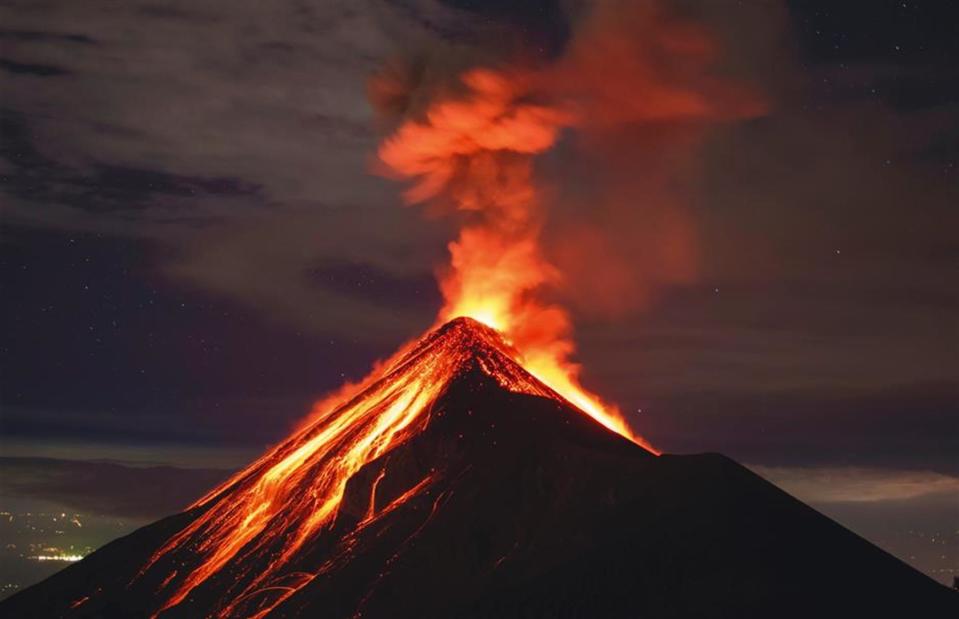
boudrias/Shutterstock
From picturesque lake filled calderas to explosive rocky mountains, volcanoes are some of the most incredible yet deadly geological features on Earth.
With the help of Volcano by Robert J. Ford, here we take a look at some of the most spectacular volcanoes around the world alongside some fascinating facts.
Mount Hood, Oregon, USA
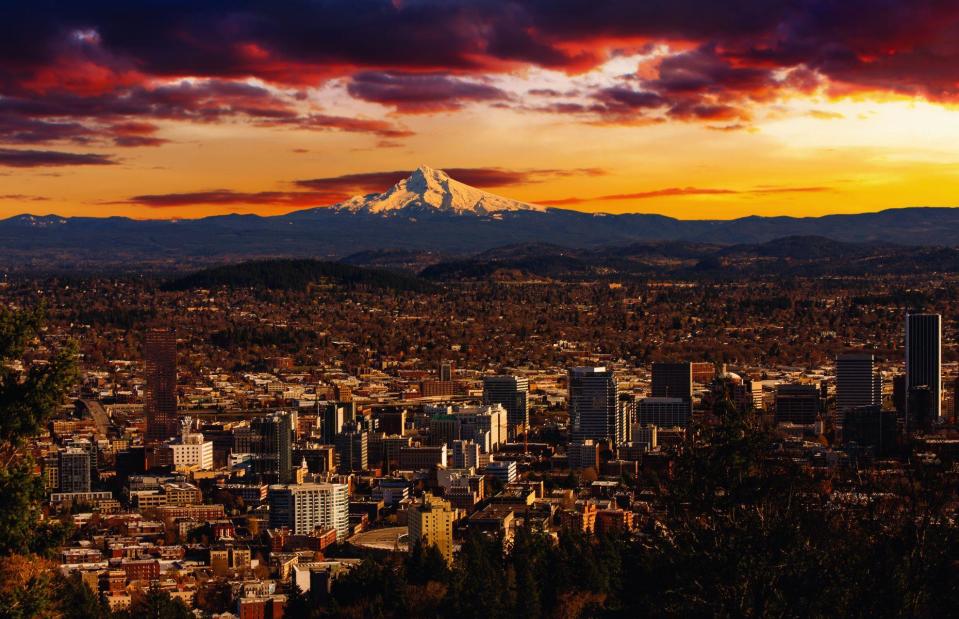
Josemaria Toscano/Shutterstock
Soaring high above Portland, Oregon’s largest city, Mount Hood is a cone-shaped stratovolcano, which means it's formed by layered lava flows and eruption deposits. The volcano hosts 12 glaciers along its upper flanks which, due to global warming, have drastically reduced in size over the past century. With its steep slopes and snowy terrain, Mount Hood is one of the largest and most popular ski destinations in the state.
Tolbachik, Kamchatka Peninsula, Russia
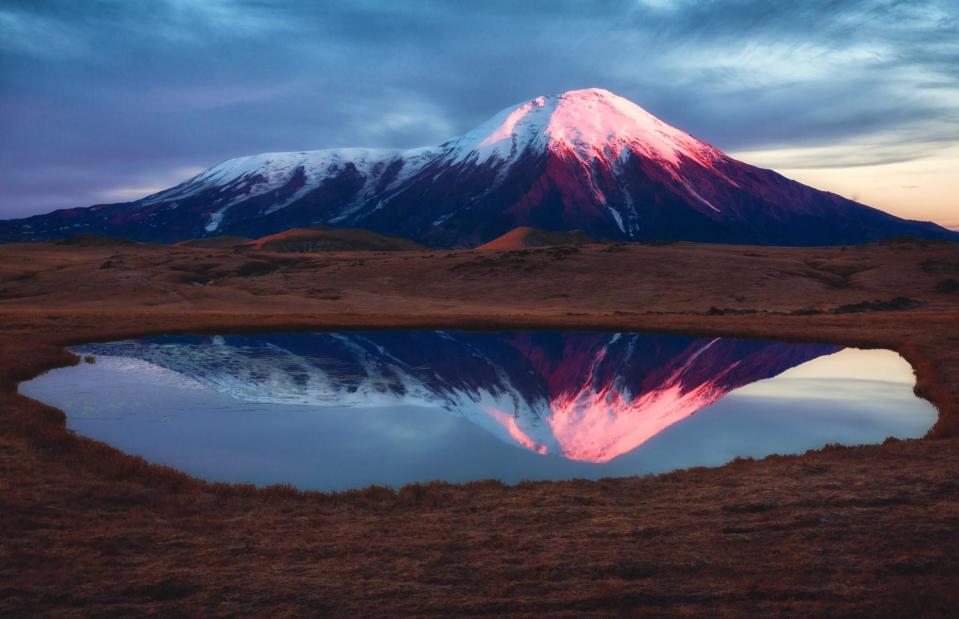
Smelov/Shutterstock
The Kamchatka Peninsula in far eastern Russia is an area characterised by its intense volcanic activity as it lies northwest of the Kuril-Kamchatka, part of the Ring of Fire. More than 300 volcanoes are on the peninsula with at least 29 of those active including Tolbachik pictured here. The mountain features two volcanoes, a shield volcano which are typically flat-topped, and a peaked stratovolcano.
Tolbachik, Kamchatka Peninsula, Russia
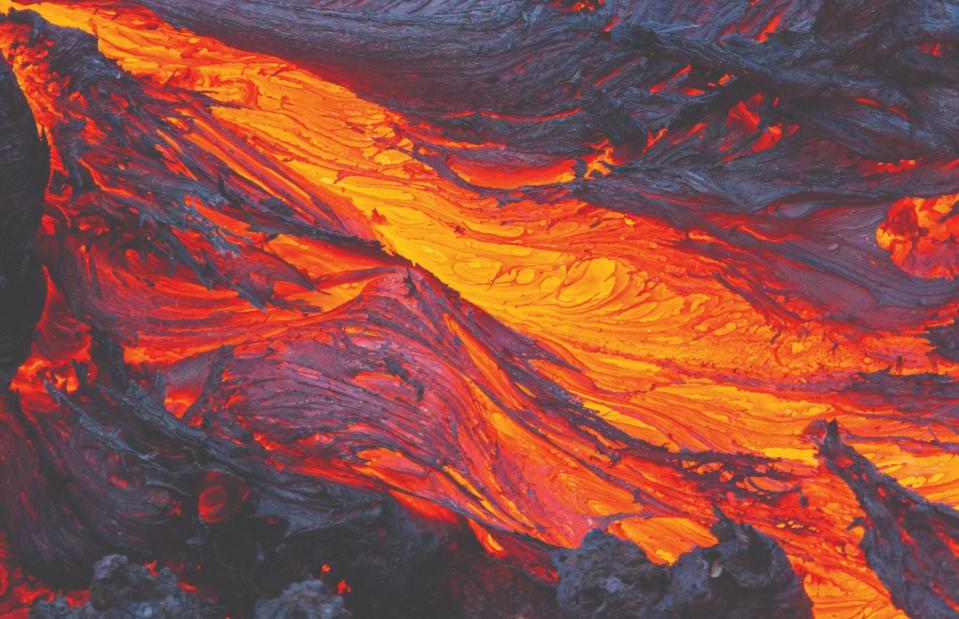
Budkov Denis/Shutterstock
In November 2012, Tolbachik erupted with fast-flowing lava streaming from two fissures following volcanic tremors. The dramatic eruption produced ash plumes which rose to a whopping 13,000-20,000 feet (4,000-6,100m) and drifted ash on settlements miles and miles away.
Tolbachik, Kamchatka Peninsula, Russia
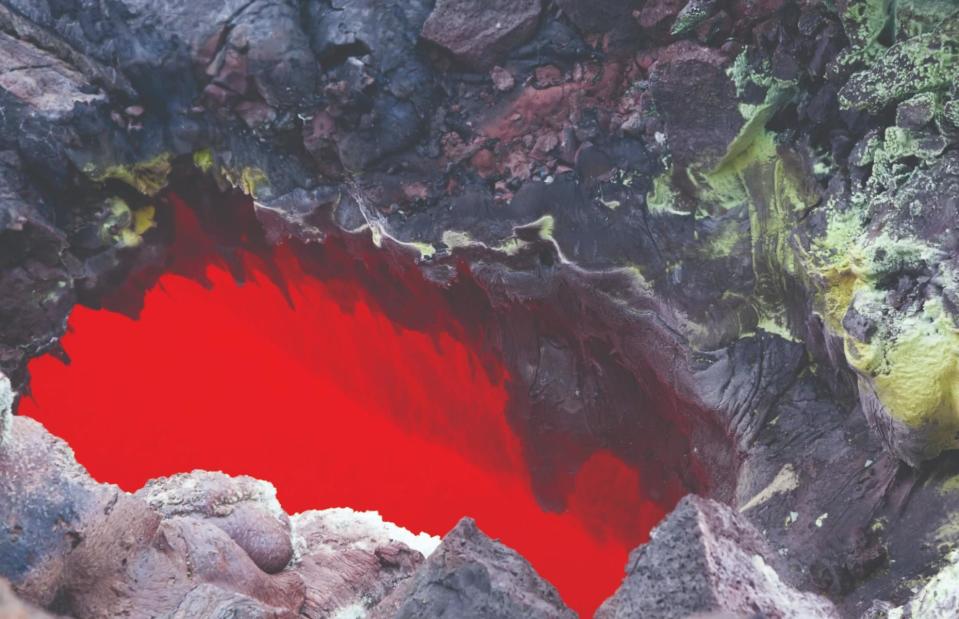
Evgeniia Ozerkina/Shutterstock
By January 2013, the mighty volcano had unleashed a huge amount of lava, creating cinder cones above the main fissure. Volcanic gases then mixed with water to produce bright yet deadly acidic pools.
Tolbachik, Kamchatka Peninsula, Russia
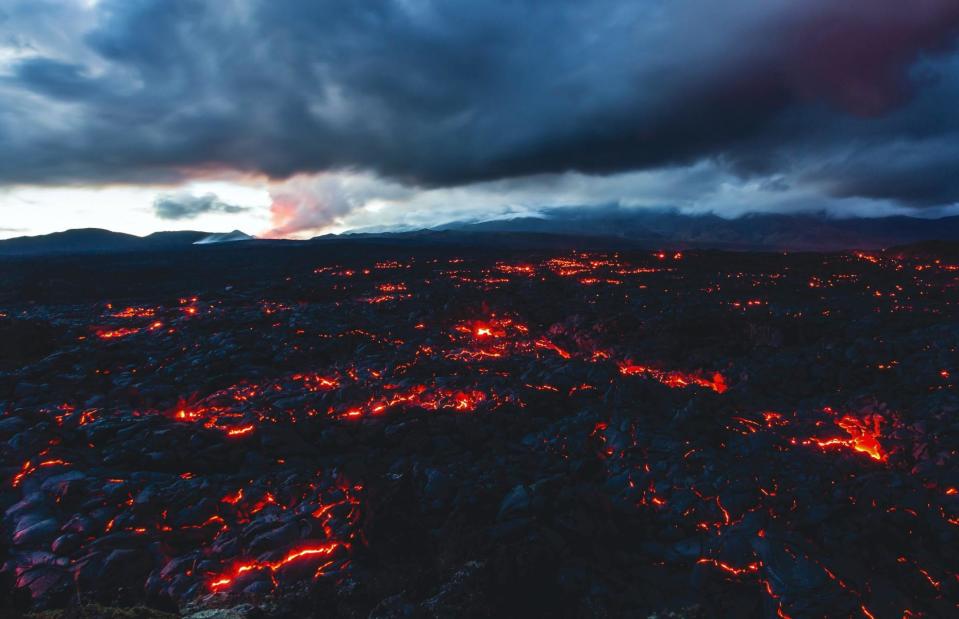
VittoriaChe/Shutterstock
Lava continued to flow and ash clouds hung in the air around the volcano for a total of 10 months before coming to an end in September 2013. The lava and ash destroyed a volcano observatory and various other structures and was thought to be the largest historical basaltic eruption in Kamchatka.
Cotopaxi, Cotopaxi province, Ecuador
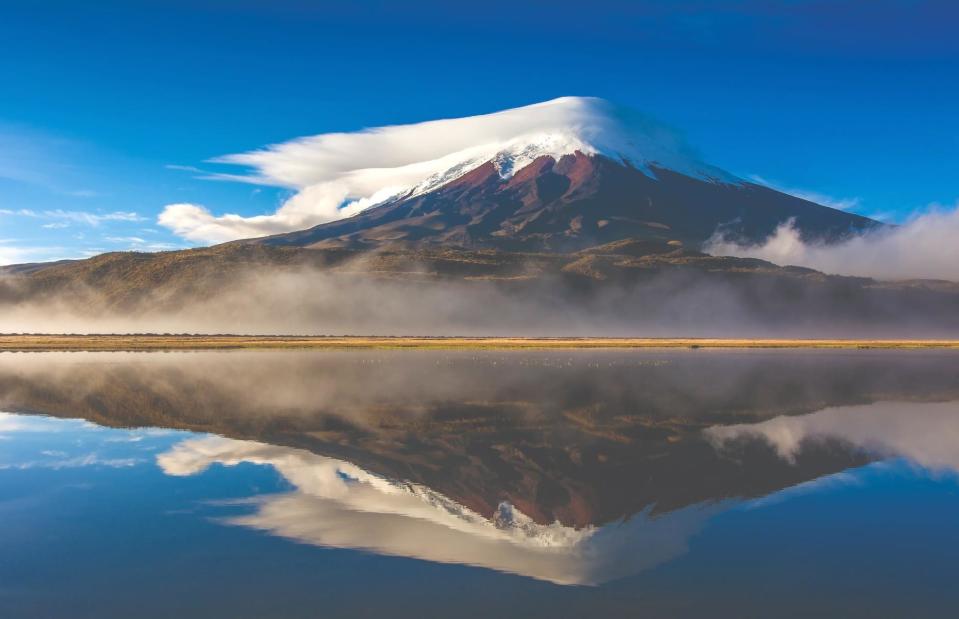
Pavel Svoboda Photography/Shutterstock
Towering a jaw-dropping 19,347 feet (5,987m) high above Ecuador’s Cotopaxi province, its namesake is one of the highest active volcanoes in the world. Cotopaxi is part of the Pacific Ring of Fire, an area known for its active volcanoes and earthquakes. Famed for its almost perfect cone shape, the stunning snow-capped volcano is also home to one of the few glaciers along the equator.
Piton de la Fournaise, Réunion Island, Indian Ocean
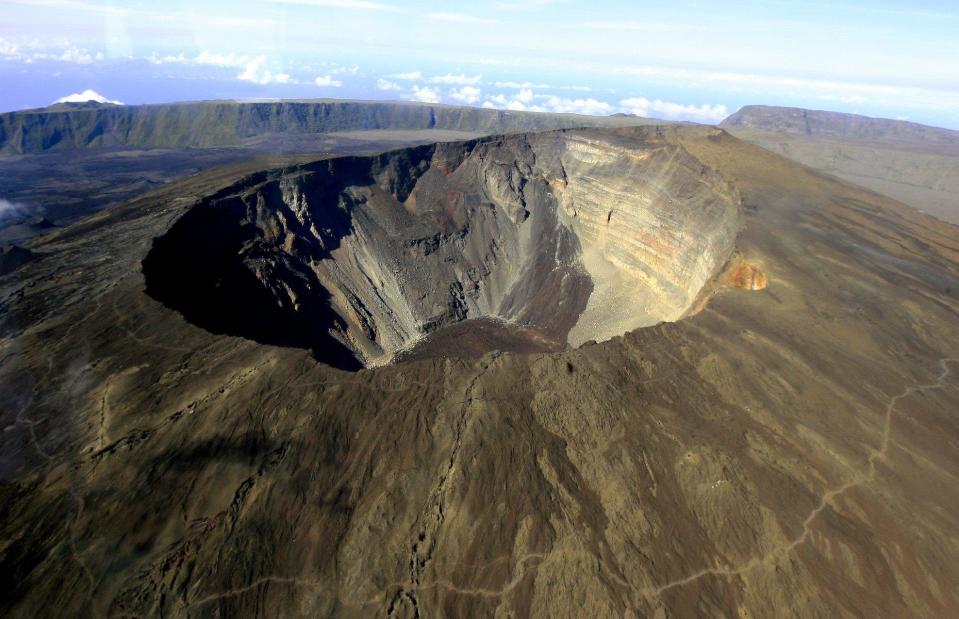
Eric Valenne geostory/Shutterstock
Considered one of the most active volcanoes in the world, Piton de la Fournaise is a shield volcano on Réunion Island, a French region in the Indian Ocean. Its name translates to “peak of the furnace” due to its turbulent nature, erupting every nine months on average. Despite its high activity, Piton de la Fournaise is the most visited tourist site on the island and has been part of a UNESCO World Heritage Site, alongside the dormant Piton de Neiges, since 2010.
Mount Ararat, Turkey
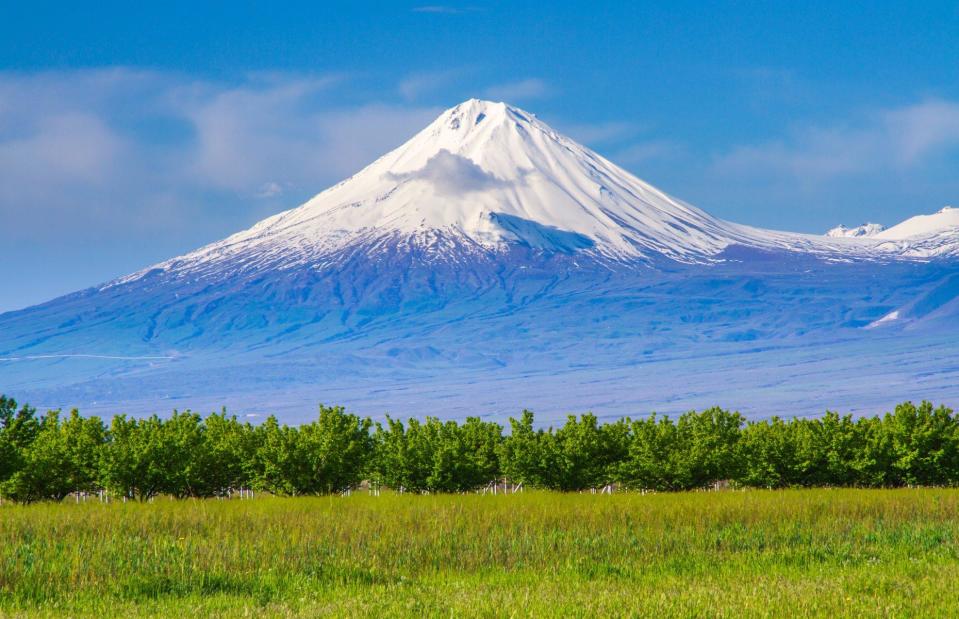
Whatafoto/Shutterstock
The highest mountain in Turkey, Mount Ararat can be found nestled near the border with Armenia. Consisting of two volcanoes Great Ararat and Little Ararat, Great Ararat is the biggest, with an elevation of 16,945 feet (5,165m) high. The magnificent mountain is also considered by some to have been the resting place of Noah’s Ark as it was the first mountain visible following the Great Flood.
Mount Merapi destruction, Java, Indonesia
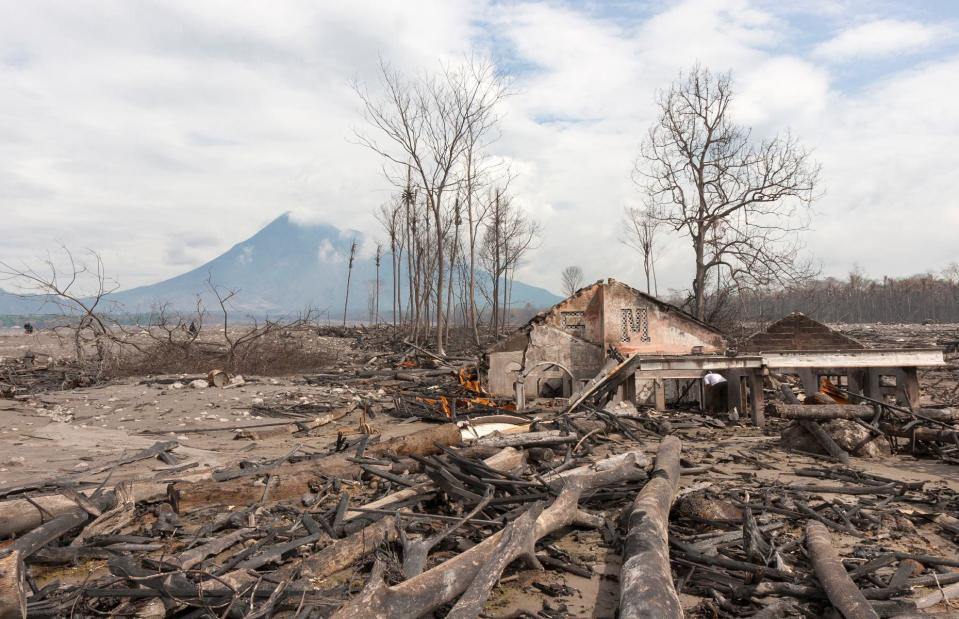
Budi Winarno/Shutterstock
Between October and November in 2010, Indonesia’s most active volcano Mount Merapi had a series of dramatic eruptions that devastated the island of Java. The deadly volcano spewed toxic ash clouds and lava which swept across the landscape, killing at least 353 people and leaving hundreds injured. In this picture, Mount Merapi’s fallen ash has blanketed the city of Yogyakarta, making it look like an eerie ghost town.
Mount Merapi destruction, Java, Indonesia
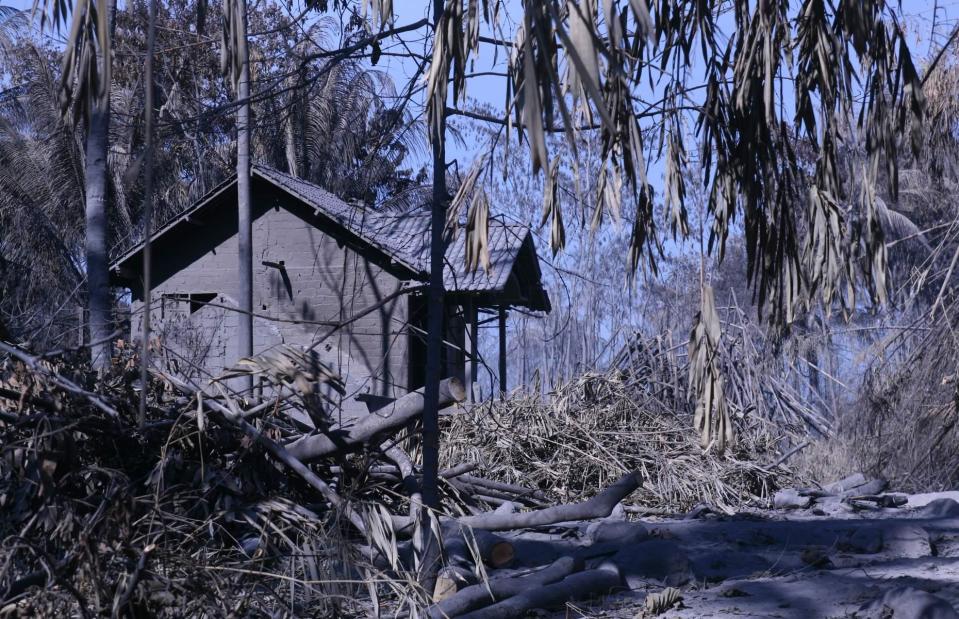
brodin/Shutterstock
During the 2010 eruption, Mount Merapi’s deadly volcanic ash engulfed the island, destroying homes, buildings and roads. Thousands were forced to flee or were made homeless as thick ash carpeted the landscape.
Mount Nyiragongo, Virunga National Park, the Democratic Republic of the Congo
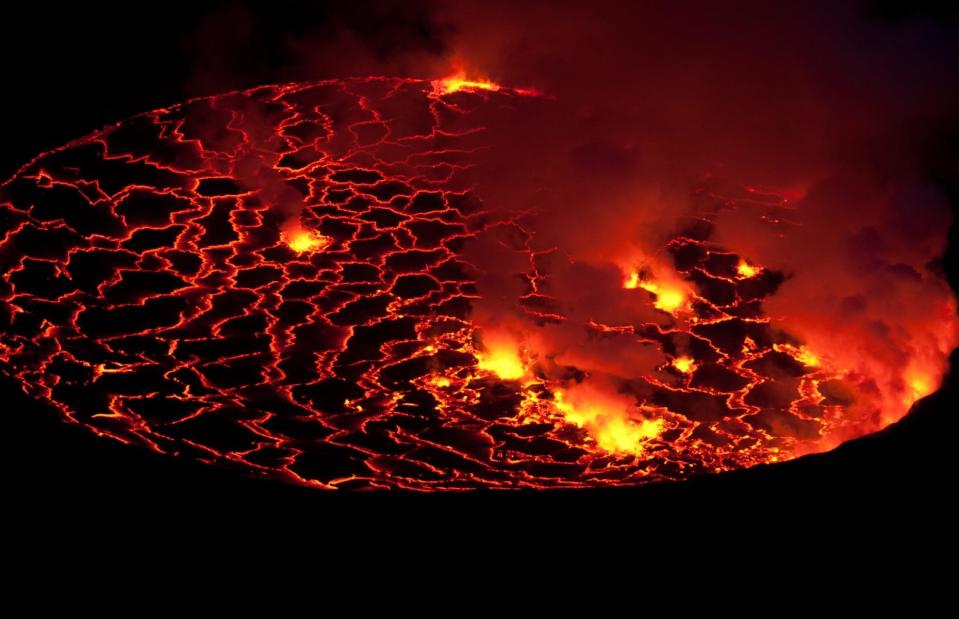
Austin Brinson/Shutterstock
Often hailed as one of the world’s most beautiful yet deadly volcanoes, Mount Nyiragongo is situated within the Democratic Republic of Congo’s Virunga National Park. The volcano features one of the largest lava lakes in the world. Its lava has been measured flowing down the mountain slopes at a speed of roughly 100km/h (60mph) and is considered some of the most fluid lava in the world.
Misti, Arequipa, Peru
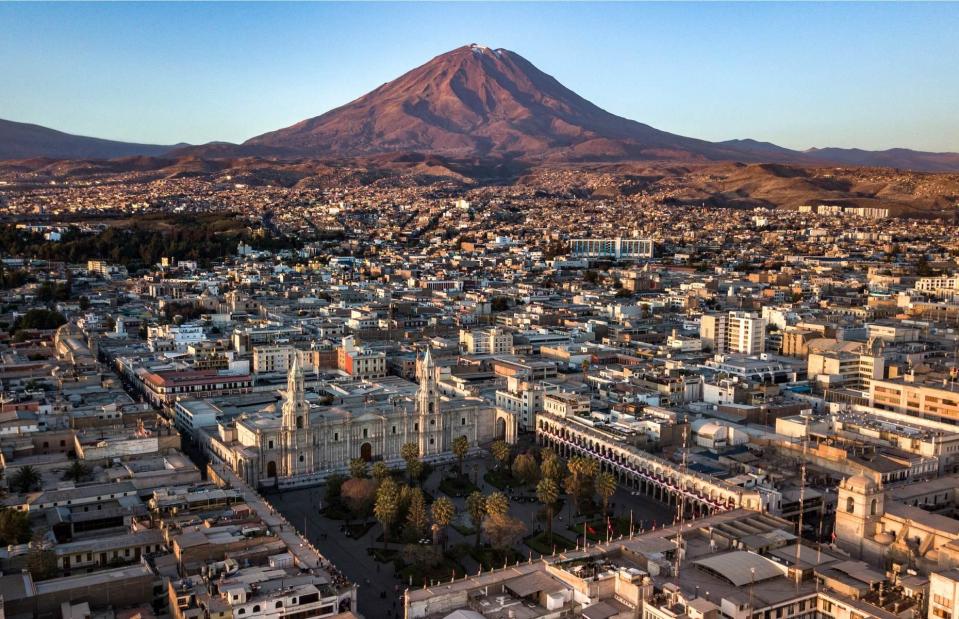
qualtaghvisuals/Shutterstock
Located in the Andes mountains of southern Peru, the Misti volcano towers over the city of Arequipa alongside its neighbouring volcanoes Chachani and Pichu Pichu. The majority of Arequipa's colonial buildings were built using the white rock from the volcanoes, known as sillar, which earned it its nickname “the White City".
Mount Etna, Sicily, Italy
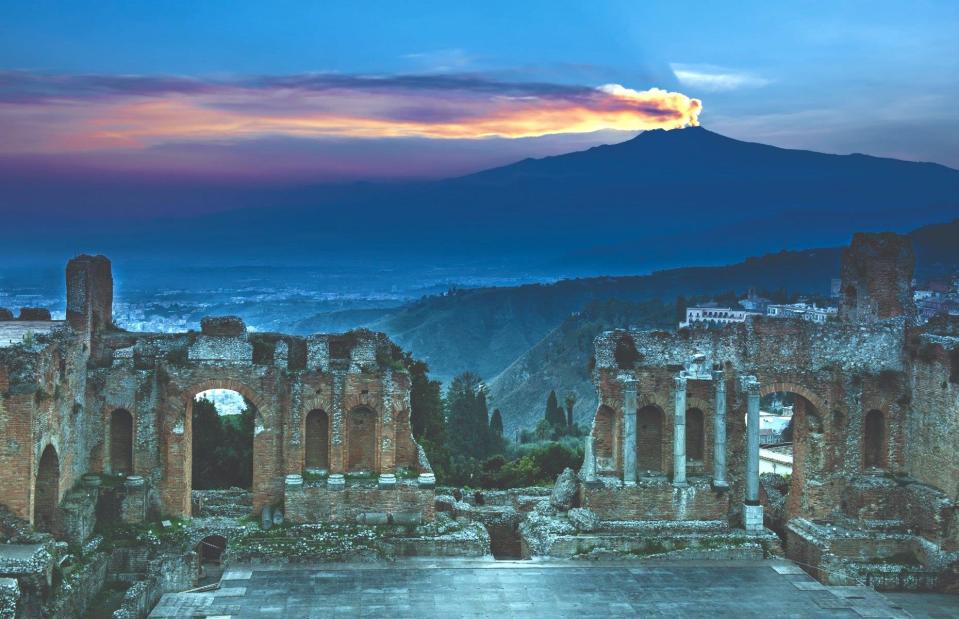
CarlosM9/Shutterstock
In this image, a smoking Mount Etna looms over the magnificent ruins of Teatro Antico di Taormina, an ancient Greek theater on the Italian island of Sicily. The highest volcano in Europe, Mount Etna features two volcanoes, a shield volcano that began erupting here around 500,000 years ago and a stratovolcano that began forming around 35,000 years ago. With its dramatic eruptions, fiery lava flows and incredible geology, Mount Etna is one of the most impressive active volcanoes in the world.
Lagoa de Santiago, Sete Cidades, São Miguel Island, Azores, Portugal
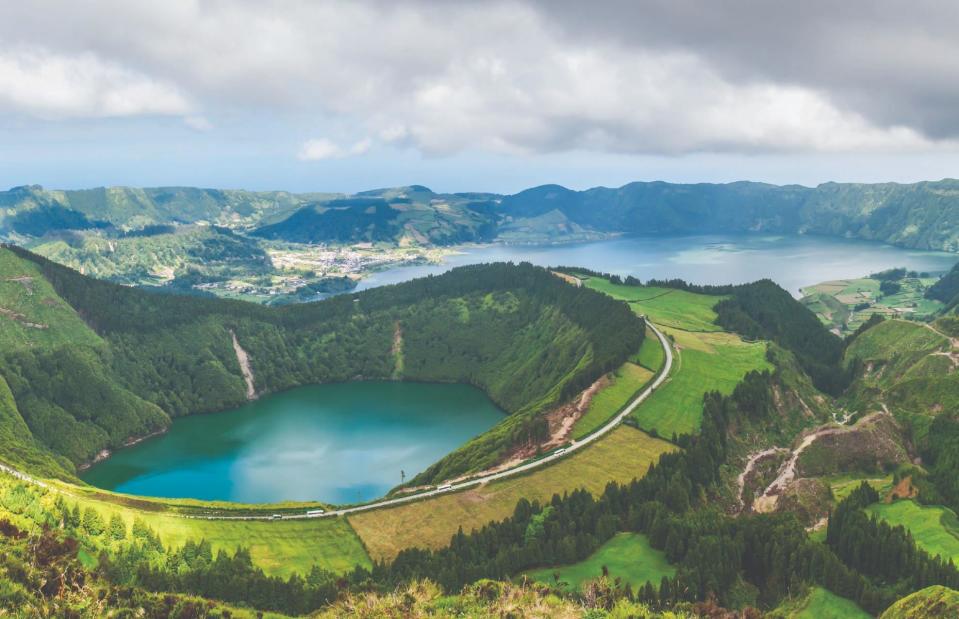
Vicky SP/Shutterstock
This bright green lake in Portugal, known as Lagoa de Santiago, fills one of the cones of the Sete Cidades Massif, an ancient stratovolcanic complex on the western edge of São Miguel Island. The caldera is also home to the twin lake Lagoa das Sete Cidades. According to legend the lakes were created by the tears of two young lovers, a princess and a shepherd boy who were forbidden to see each other by the king. The princess’ blue tears filled the northern lake while the boy’s green tears filled the smaller lake.
Mount Damavand, Iran
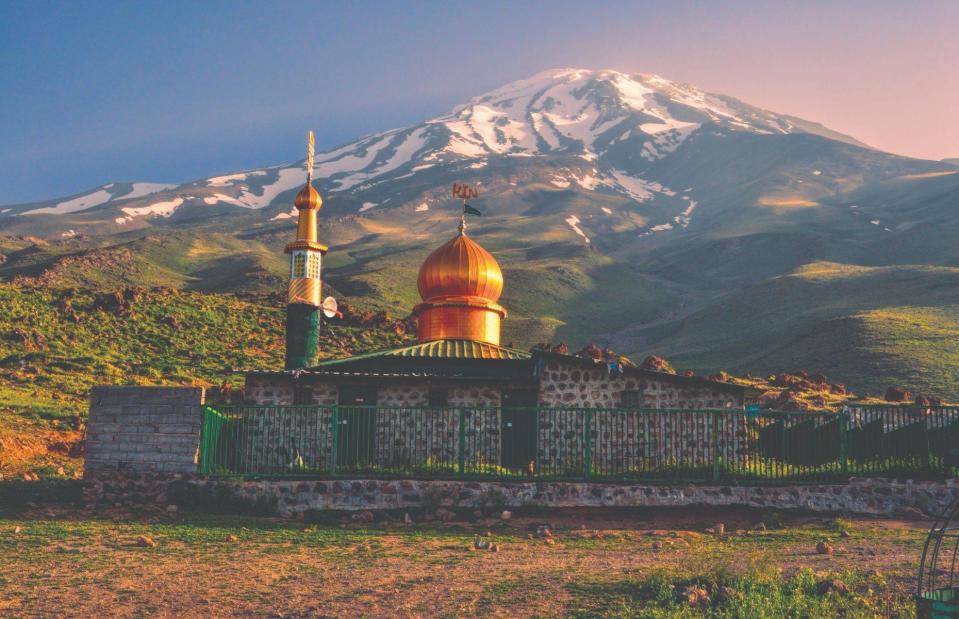
Michal Knitl/Shutterstock
The highest peak in the Middle East, Iran’s Mount Damavand is a sprawling stratovolcano reaching an impressive 18,598 feet (5,670m) in elevation. The young volcano was formed mostly over the past 10,000 years and is characterised by its steep cone of ash and lava flows. Topped by a small crater, Mount Damavand’s adjacent hot springs, fumaroles (openings) and mineral deposits suggest that it could still be active.
Volcanic lakes of Mount Tongariro, Tongariro National Park, North Island, New Zealand
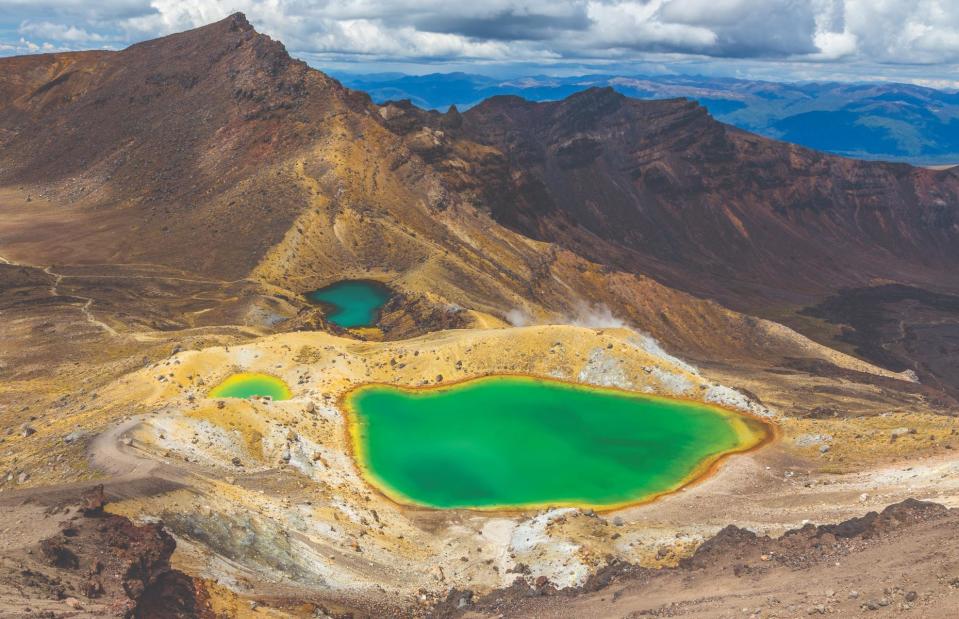
Evgeny Gorodetsky/Shutterstock
Famed for its breathtaking natural beauty, Mount Tongariro and its neighboring volcanoes are the crown jewels of New Zealand's oldest national park. The volcanoes form part of the volcanic center in the Taupo Volcanic Zone which has been active for two million years. Pictured here is one of the mountain’s volcanic lakes, its magical colours set against the dark rocky landscape draw sightseers from across the globe.
Devils Tower, Wyoming, USA
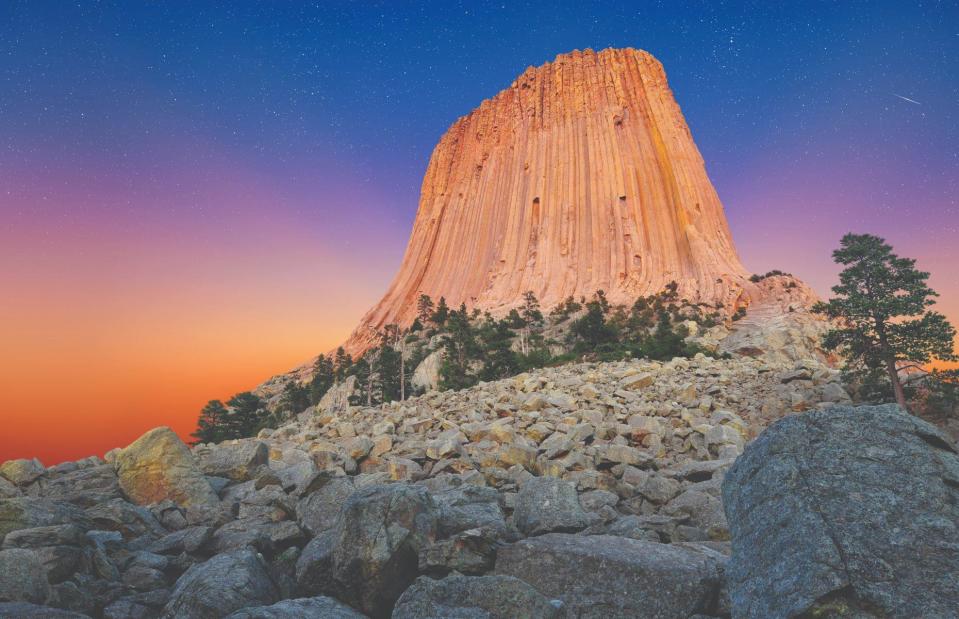
Edwin Verin/Shutterstock
Piercing the prairie surrounding the Black Hills in Wyoming, this striking geological feature is considered sacred by Indigenous American tribes. Rising 1,267 feet (386m) above the Belle Fourche River, the Tower is thought to have been below the Earth’s surface until erosion stripped away the sedimentary rock. Devils Tower rose to fame after starring in Steven Spielberg’s film Close Encounters of the Third Kind.
Bárðarbunga volcanic system, Vatnajökull National Park, Iceland
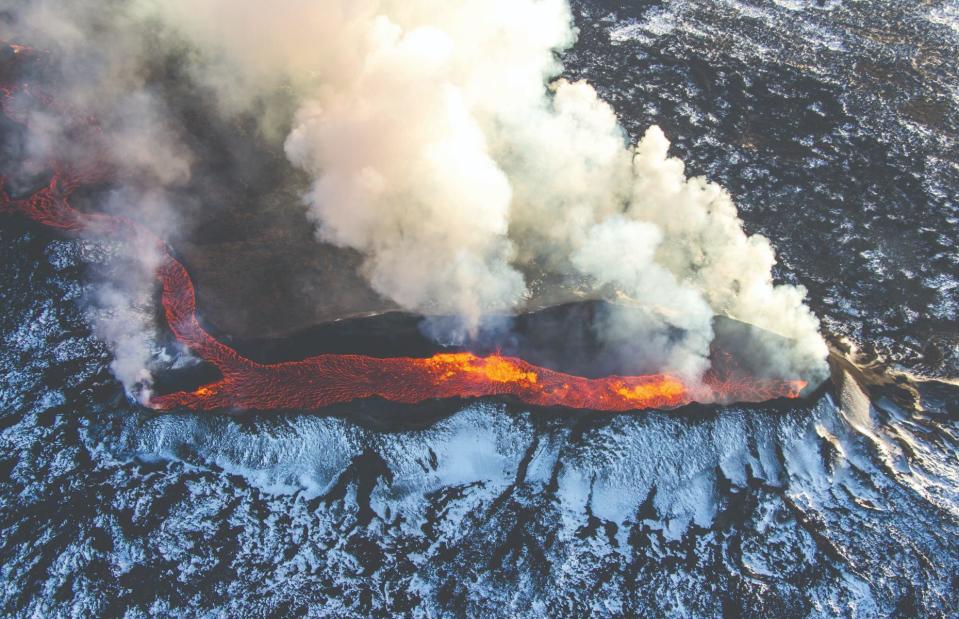
Nathan Mortimer/Shutterstock
Iceland’s second-highest mountain, Bárðarbunga lies under the Vatnajökull ice cap, the biggest ice cap in the country. During the 2014–2015 eruption, the stratovolcano emitted millions of tons of sulfur dioxide which spread across Iceland, the Atlantic Ocean and towards Europe as well as a high volume of lava. The six-month-long eruption was the largest in the country since the 18th century.
Puyehue-Cordón Caulle, Ranco province, Chile
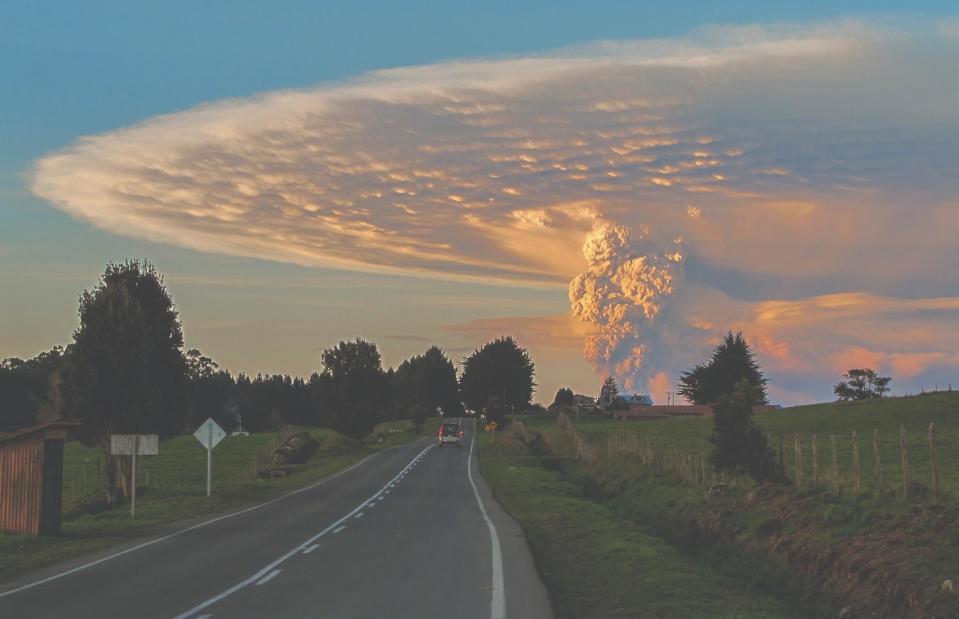
Edwin Oonk/Shutterstock
Located in the south of Chile in the Ranco province, Puyehue-Cordón Caulle is a complex of two volcanoes, Puyehue and the fissure system of Cordón Caulle. After 51 years of inactivity, in 2011–2012, the volcano dramatically exploded in what has been described as one of the largest eruptions of the 21st century so far. Millions of tons of ash, sand and pumice were estimated to have been produced by the eruption, drifting across the globe, reaching other countries including South Africa, Australia and New Zealand.
Ol Doinyo Lengai, Tanzania
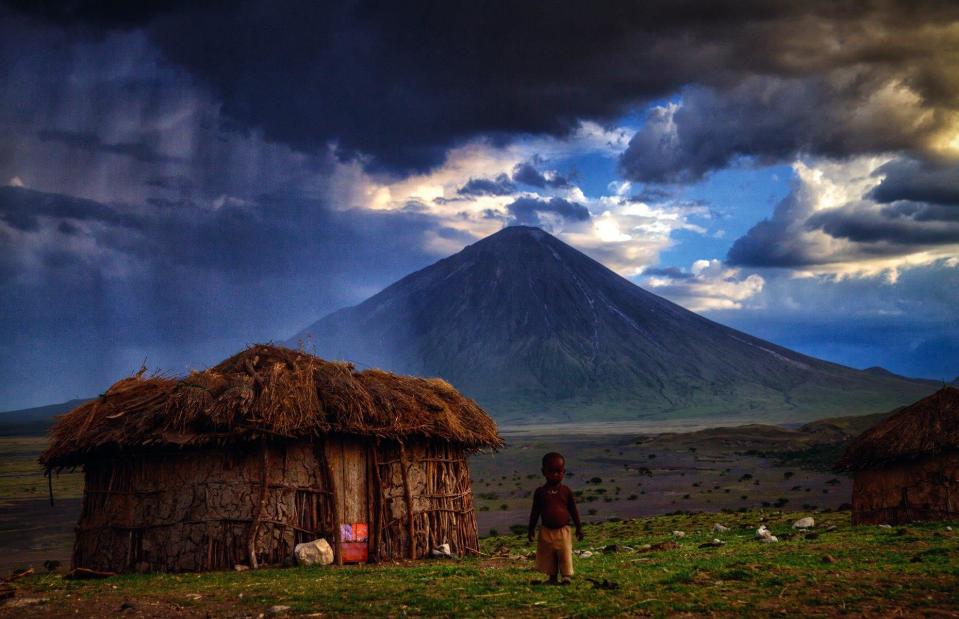
Yury Birukov/Shutterstock
Also known as the “Mountain of God”, Ol Doinyo Lengai is a stratovolcano near the southern end of the East African Rift in Tanzania, characterised by its unusual potassium and sodium-rich lava. Eruptions here vary between liquid lava which forms lava lakes and fountains, and explosive eruptions, which create large cinder and ash cones. In 2007, an eruption spewed ash thousands of meters into the air, blanketing the nearby countryside.
Mount Ruapehu, Tongariro National Park, North Island, New Zealand
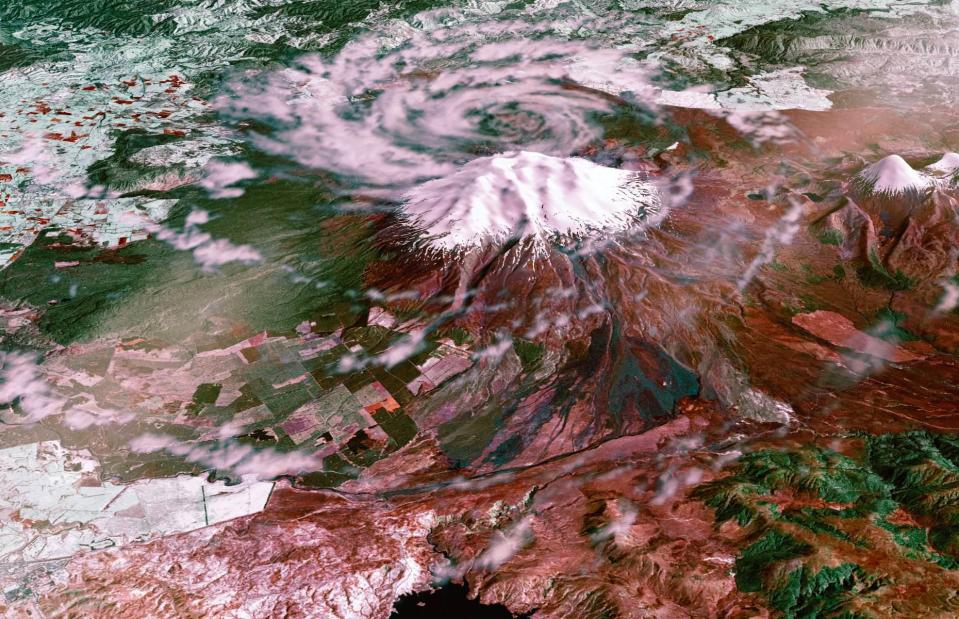
Elena11/Shutterstock
Pictured here in New Zealand’s Tongariro National Park, is Mount Ruapehu, one of the most active volcanoes in the world. The most devastating eruption occurred in 1945, which caused a volcanic and ash barrier to form at its crater rim. On 24 December 1953, this crater burst, triggering mudflow and water which killed 151 people on a railway bridge in Tangiwai. Mount Ruapehu is best known for its crater lake, a breathtakingly beautiful pocket of acidic water.
Mount Ruapehu, Tongariro National Park, North Island, New Zealand
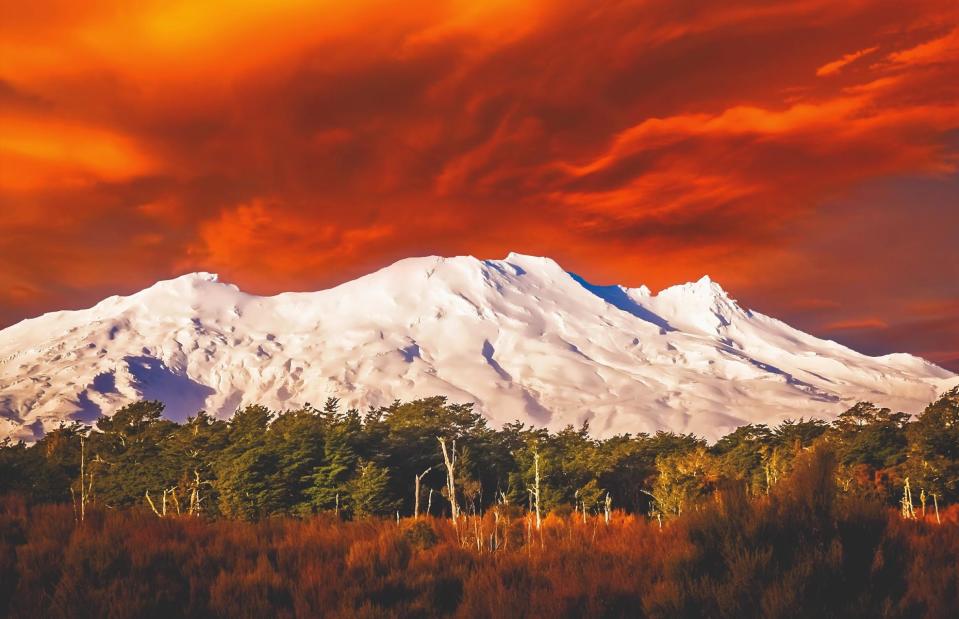
Pav-Pro Photography Ltd/Shutterstock
With its dramatic volcanic slopes and spectacular rock formations, Mount Ruapehu was used as a filming location for the fictional Mordor in Peter Jackson’s The Lord of the Rings.
Kelimutu, Flores, Indonesia
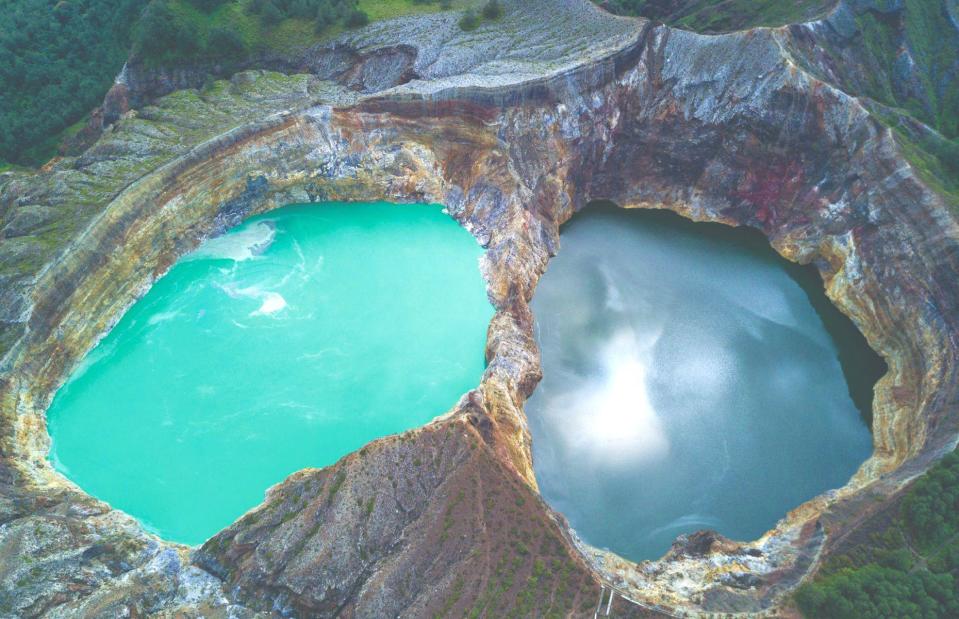
Muhammad Nurudin/Shutterstock
Hailed for its beautiful colour-changing lakes, the Kelimutu volcano lies within central Flores in Indonesia. Kelimutu’s enchanting lake phenomenon is thought to be caused by different minerals in the water alongside the balance between rainfall and gas input from the volcano.
Mount St Helens, Washington, USA
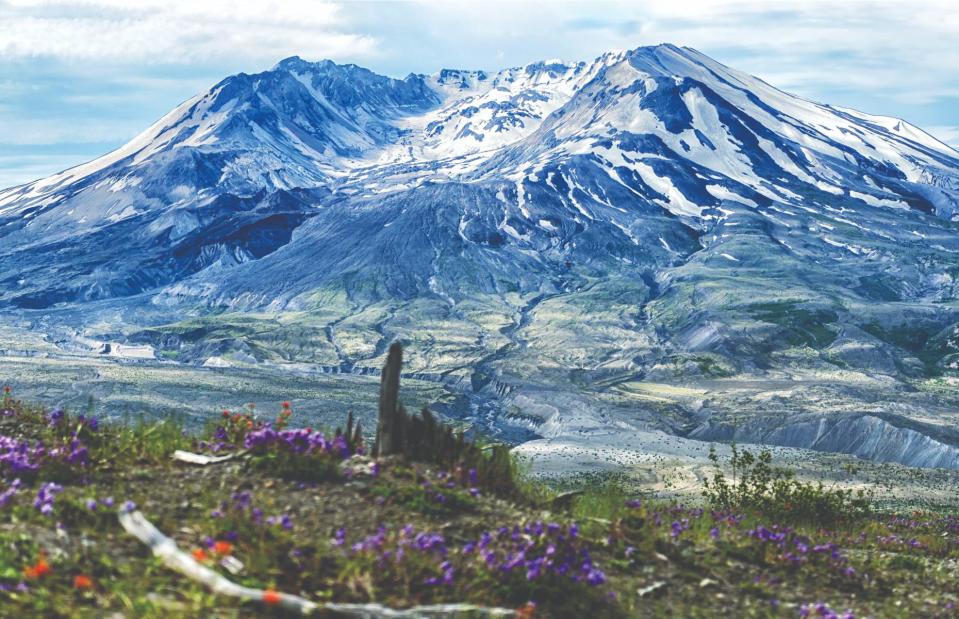
poemnist/Shutterstock
In 1980, a powerful earthquake struck below Mount St Helens in Washington state, triggering the largest landslide in recorded history. The deadly earthquake caused the north face of Mount St Helens and its top to collapse, carrying debris hundreds of miles away and sending shockwaves across the state and beyond. The disaster which claimed at least 57 lives, left a clear view into the volcano’s crater for the first time.
Mount Vesuvius, Campania, Italy
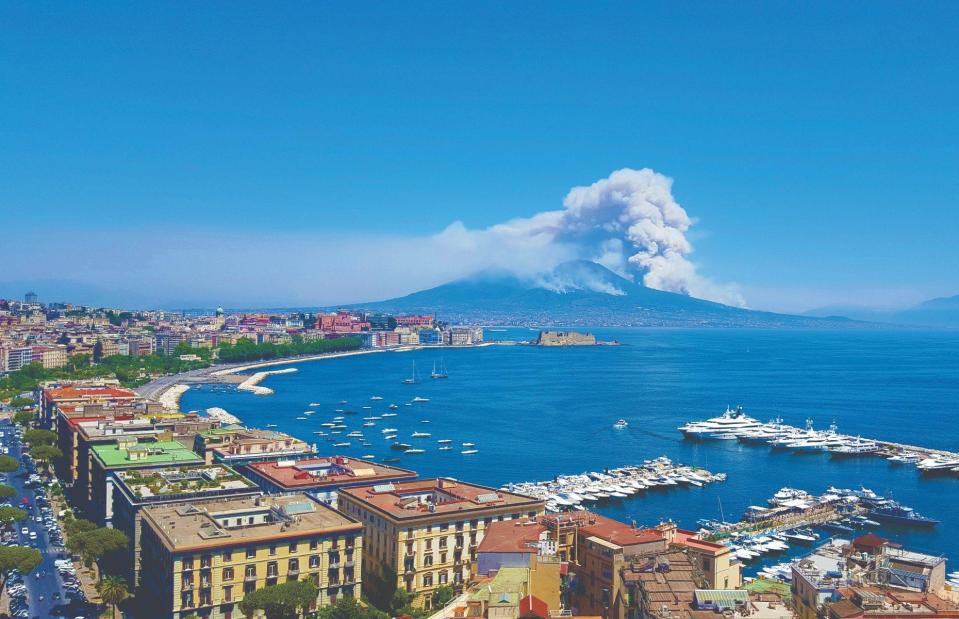
Alex DeG/Shutterstock
Probably the most famous volcano in history, Mount Vesuvius rises above the Bay of Naples in Italy. Vesuvius is best known for its devastating eruption in AD 79, which buried several Roman cities including Pompeii in a thick layer of ash. Today, with various settlements lying within its reach and it being the only mainland European volcano to have erupted in the past 100 years, Mount Vesuvius continues to be one of the most dangerous volcanoes in the world.
Turrialba, Turrialba Volcano National Park, Costa Rica
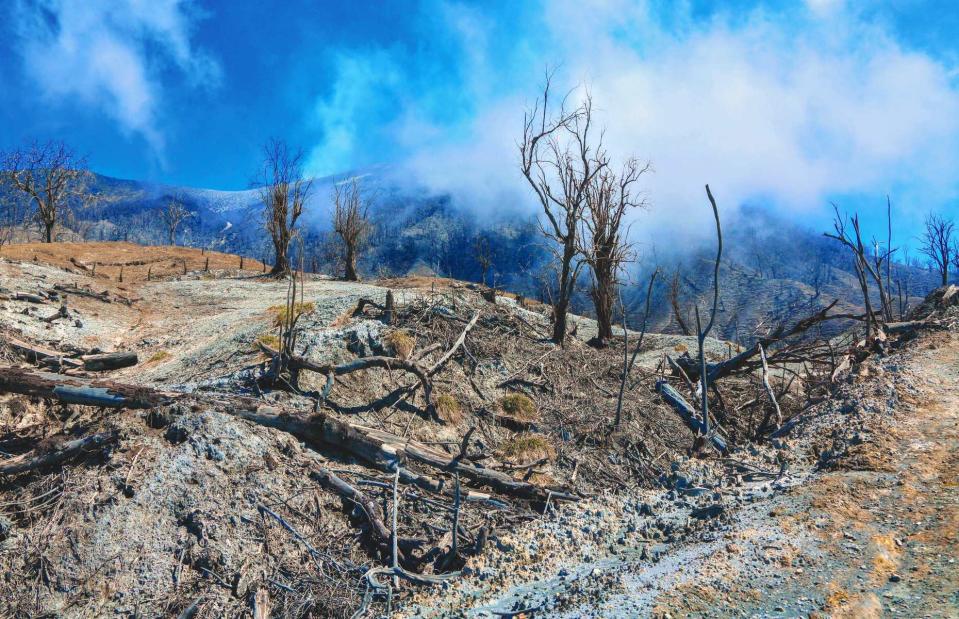
Tanguy de Saint-Cyr/Shutterstock
Costa Rica’s most active volcano lies in the heart of the Turrialba Volcano National Park. Turrialba has been explosive in recent years, spewing ash clouds, gas smoke and magma into the sky, reducing air visibility for aircrafts which has often forced airports across the region to close and even the national park to close to visitors.
Anak Krakatoa, Krakatoa Archipelago, Sunda Strait, Indonesia
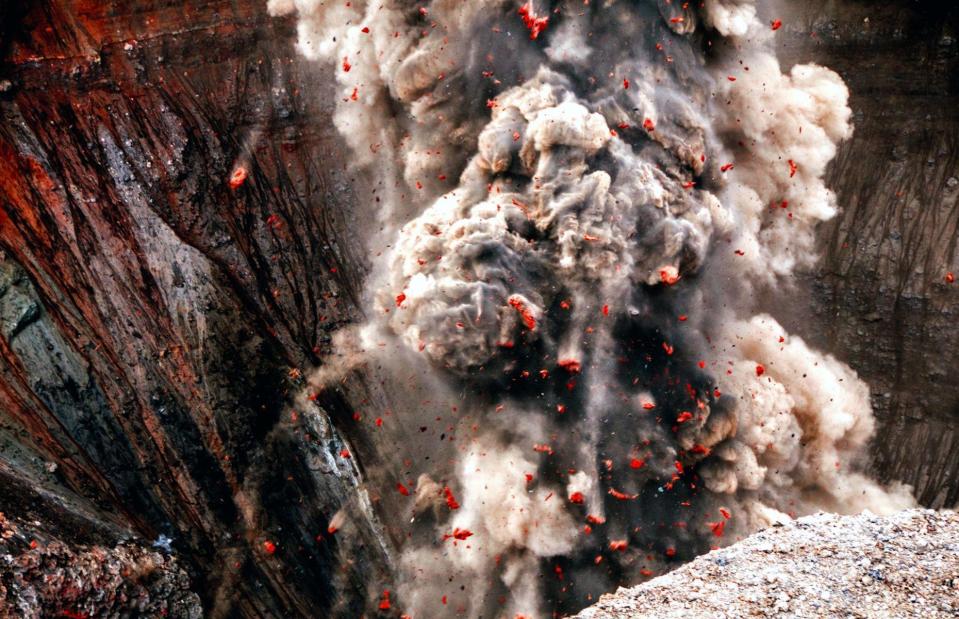
Tanguy de Saint-Cyr/Shutterstock
Sitting on the Sunda Strait between Java and Sumatra in Indonesia, Krakatoa’s eruption in 1883 is often considered one of the most catastrophic in modern history. One of Krakatoa's major explosions was thought to have been heard 2,200 miles (3,500km) away in Australia and is known as the loudest sound ever reported. The roaring explosions are said to have ruptured the eardrums of sailors 40 miles (64km) away while ash-laden clouds filled the sky, reaching a height of six miles (10km).
Koryaksky, Kamchatka Peninsula, Russia
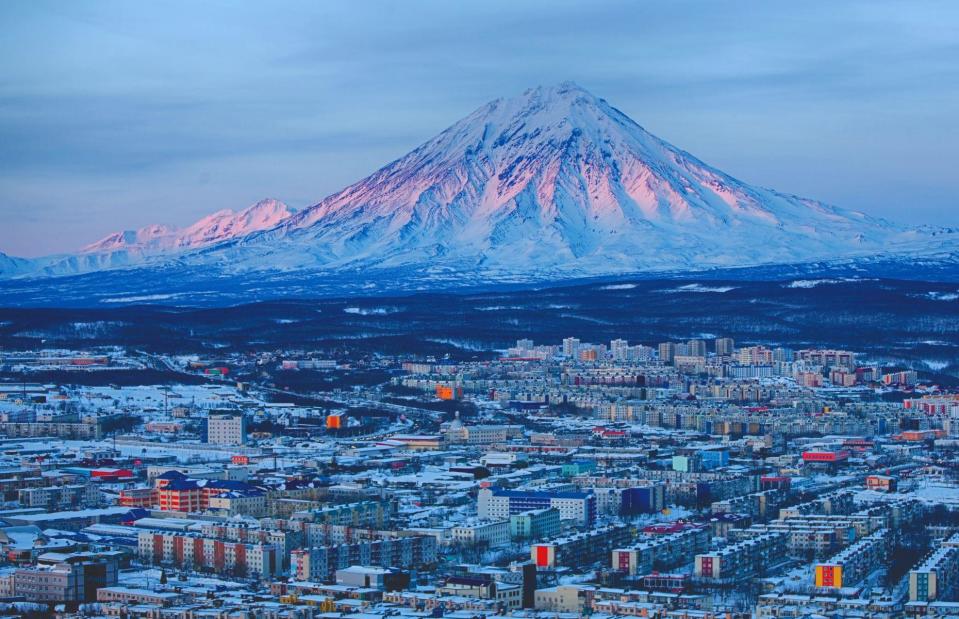
Bborriss.67/Shutterstock
Sitting near the base of Russia’s Koryaksky volcano is the city of Petropavlovsk-Kamchatsky. With its close proximity to a large population and history of destructive eruptions, Koryaksky has been identified as one of the world’s 16 Decade Volcanoes (meaning volcanoes worthy of particular study) by the International Association of Volcanology and Chemistry. Another Russian volcano Avanchinsky is also on the list and can be seen in the background.
Mount Shasta, California, USA
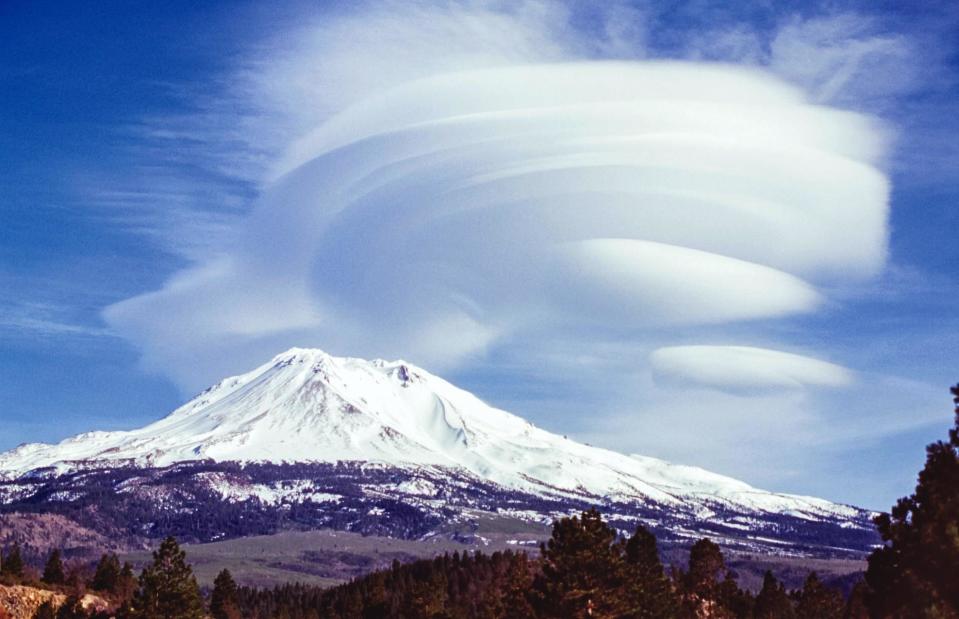
Sarit Richerson/Shutterstock
Looming an impressive 14,179 feet (4,322m) high, Mount Shasta crowns the southern end of the Cascade Range, a chain of mountains running from British Columbia to Northern California. Shrouded in myths and legends, it’s thought that a secret city hides beneath the volcano’s double peaks. With its beautiful mountain scenery set against a turquoise blue sky, Mount Shasta is a popular landmark of northern California.
Erta Ale, Afar Depression, Ethiopia
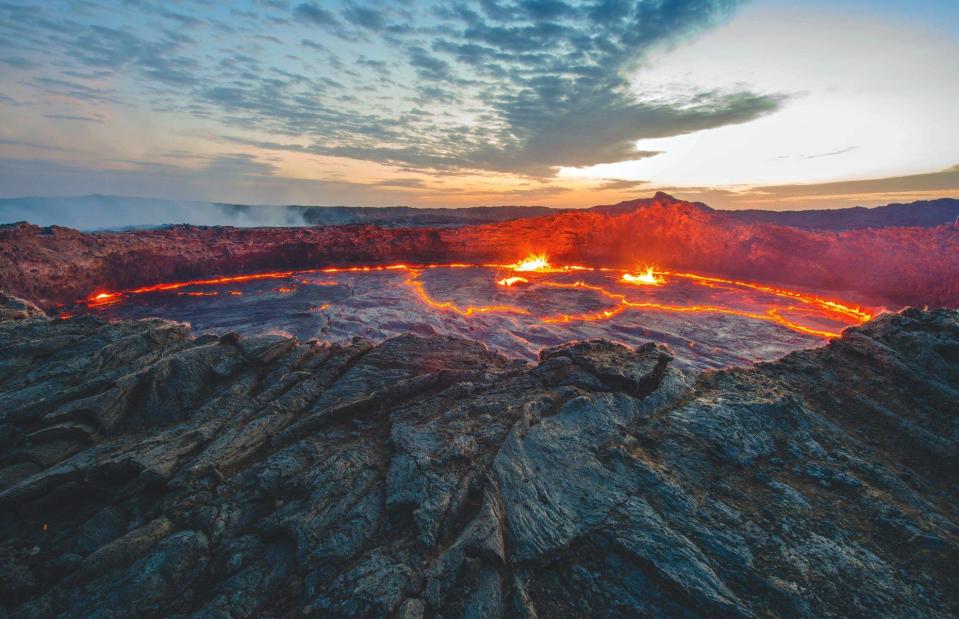
Mikhail Cheremkin/Shutterstock
This large active basaltic shield volcano in Ethiopia can be found within a sunken area of land known as the Afar Depression. The sunken land is caused by the junction of three diverging tectonic plates, the Arabian, Nubian and Somalian. The two latter plates form part of the African plate which is fracturing along the East African Rift and is also responsible for the volcano's lava supply. Erta Ale is famed for often hosting one or two active lava lakes and is one of the only volcanoes in the world with this unusual feature.
Mount Rinjani, Lombok, Indonesia
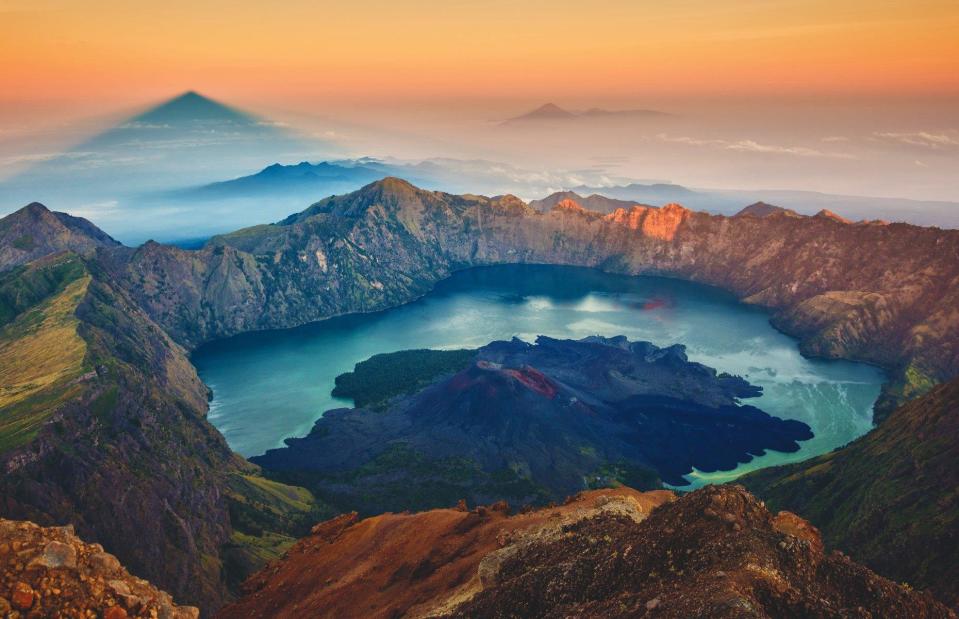
rob_travel/Shutterstock
Towering over Lombok island at an impressive 12,224 feet (3,726m), Mount Rinjani is the second-highest volcano in Indonesia. It is thought that the famous Samalas eruption in 1257 may have caused its caldera to form, which is now partly filled by the Segara Anak Lake. Bordered by Mount Rinanji’s rocky landscape and greenery, the bold blue lake is a magnificent sight.
Teide, Tenerife, Canary Islands, Spain
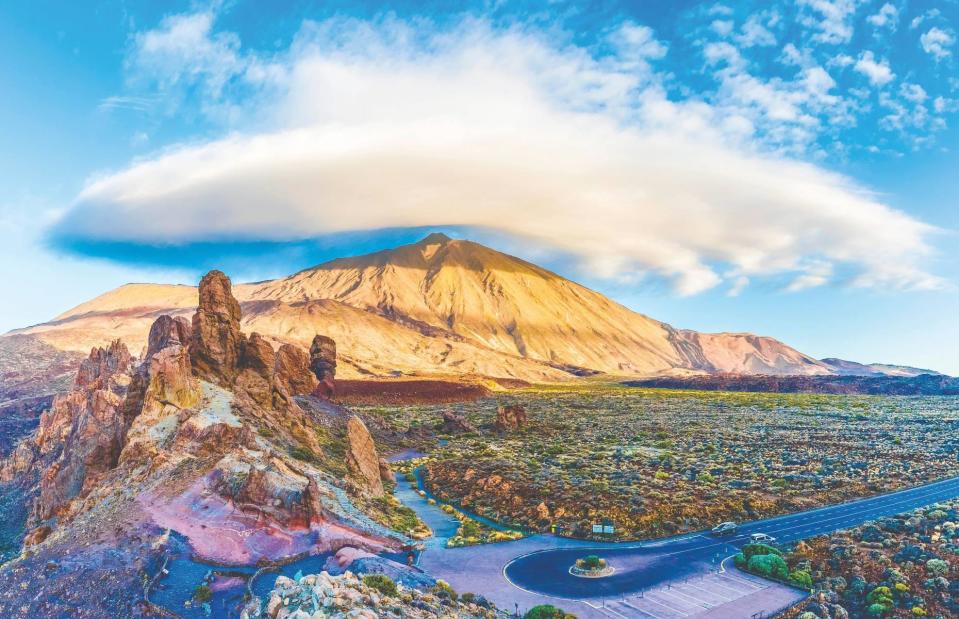
Balate Dorin/Shutterstock
Known as the highest point in Spain, Teide is a stratovolcano soaring an impressive 12,198 feet (3,718m) in Tenerife. Dating back 170,000 years, the volcano was formed after the giant collapse of the former volcanic edifice, creating the Las Cañadas caldera which joined together four volcanoes in a small island. Teide grew over time, filling the caldera with its materials and today it is the third most voluminous volcano in the world.
Diamond Head, Oahu, Hawaiian Islands, USA
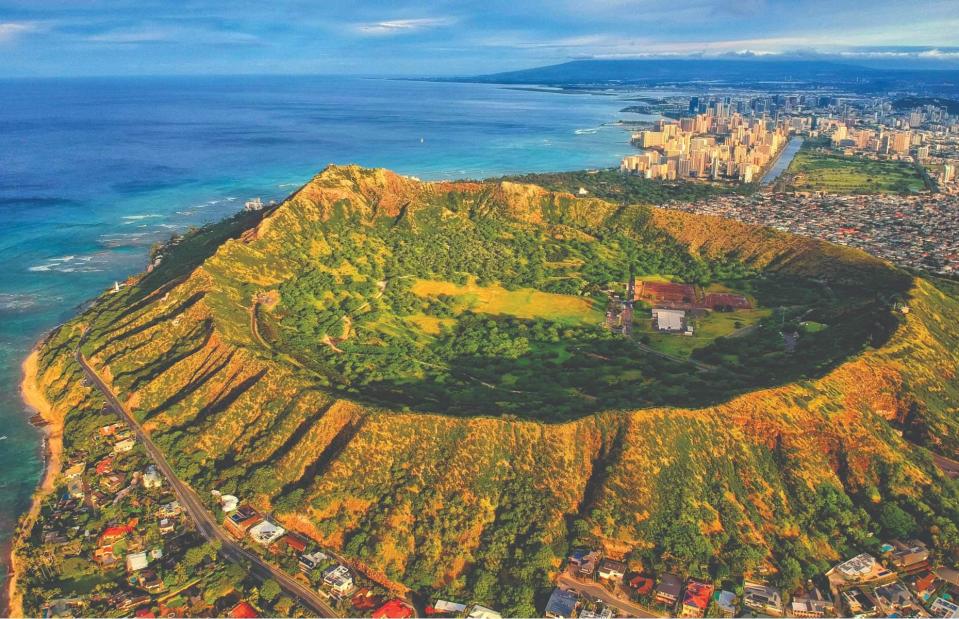
Norbert Turi/Shutterstock
Formed around 300,000 years ago, Diamond Head is a volcanic tuff on the Hawaiian island of Oahu. The volcano was created by a single explosion, triggering ash, rock and volcanic bombs to be thrown in the air. These materials cemented together into a rock called a tuff, which created Diamond Head’s dramatic crater. With its incredible shape and picturesque views across the water, Diamond Head is a popular spot for hiking.
Fuego, Antigua, Guatemala
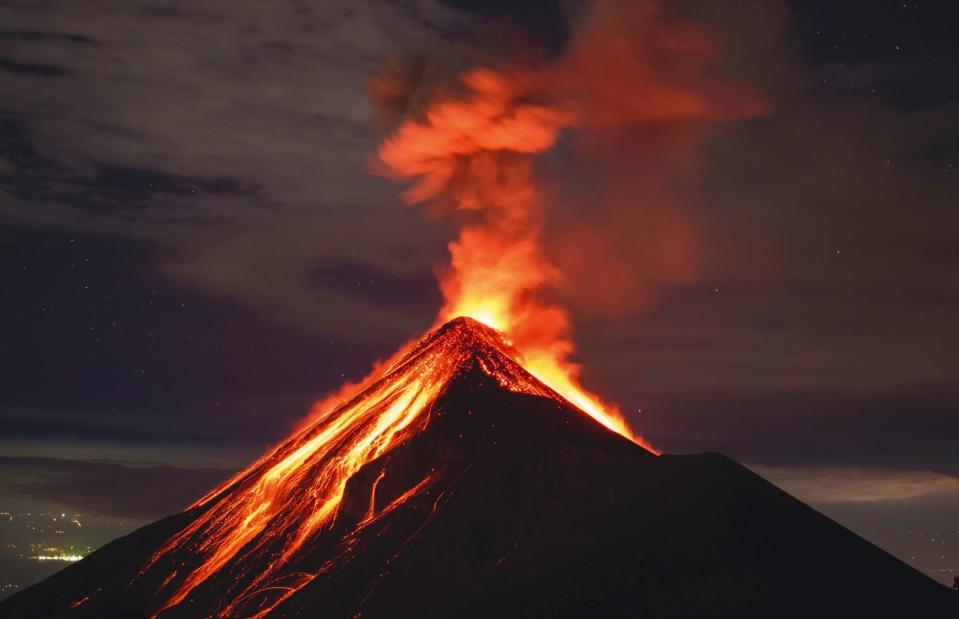
boudrias/Shutterstock
Overlooking Guatemala’s former capital, Fuego is one of the most active volcanoes in Central America. Typically, Fuego’s eruptions have been described as “vulcanian” due to their small yet violent explosions with dense clouds of ash-laden gas and rock as well as thick magma flows. Since 2002, the volcano has begun a period of almost constant activity, triggering an unexpected eruption in 2018 that killed at least 33 people and left hundreds injured.
Zendān-e Soleymān, West Azerbaijan province, Iran
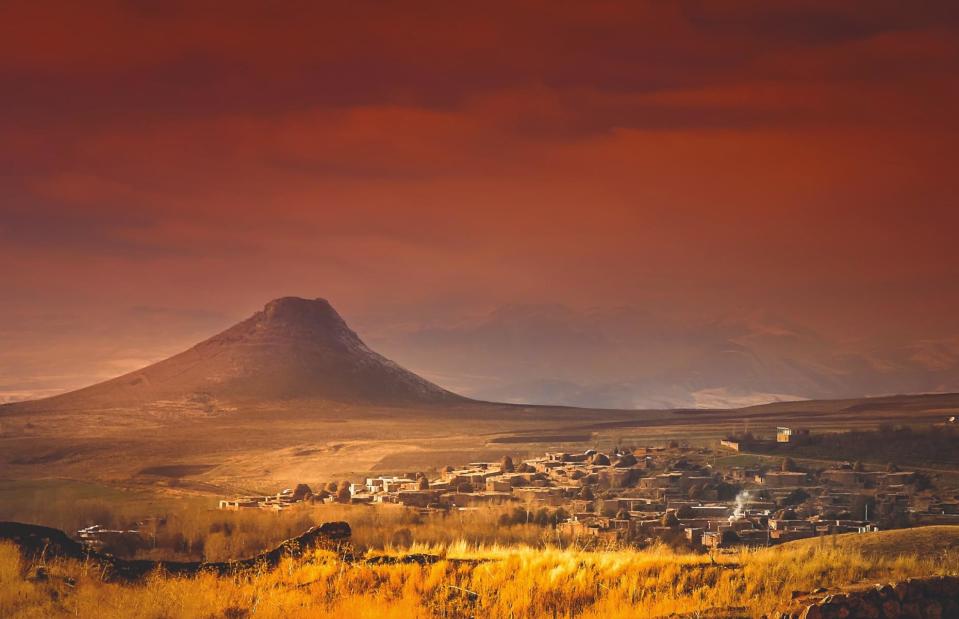
Pav-Pro Photography Ltd/Shutterstock
Situated in northwestern Iran, Zendān-e Soleymān is a tall extinct volcano surrounded by various ancient temple buildings. Formed of mostly calcium sediments, its impressive crater was once filled with water centuries ago but has now dried up. The volcano’s name means the “Prison of Solomon'' after the biblical king of Israel. According to folk legend, deep within the volcano's hollow cone, king Solomon imprisoned demons and monsters.
Find out more
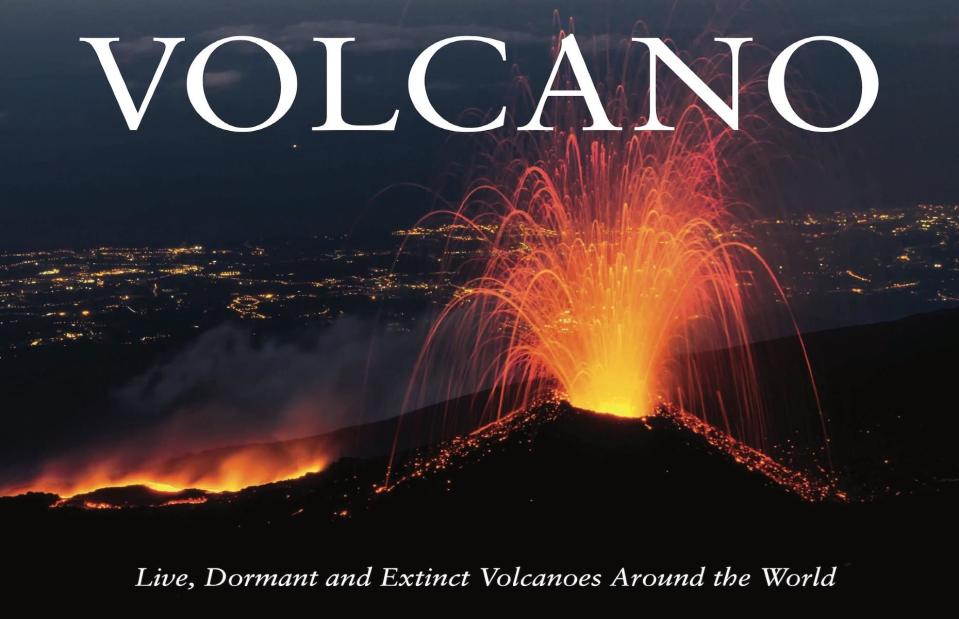
Courtesy of Amber Books
All images were taken with permission from the book Volcano by Robert J. Ford, published by Amber Books Ltd and available via Amazon.
Now read on to discover the world’s most dangerous volcanoes

